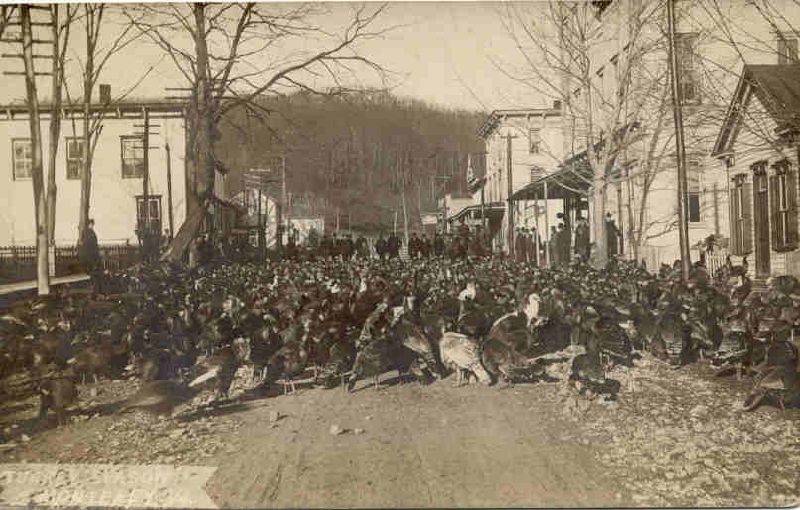|
Moderated by NW Okie! |
Volume 13 , Issue 482011Weekly eZine: (374 subscribers)Subscribe | Unsubscribe Using Desktop... |
Highland County (Virginia)

In chapter one of Images of Highland County, by Chris Scott, it says that when settlers arrived in the area of Highland county, there were no real roads. Only trails existed over mountains; wagon roads were not even carved out until much later.
Early roads in Highland county often followed the paths of streams and rivers and meant with an occasional crossing. The ford in Vanderpool is located south of Monterey on Route 220. Dutch explorer John Vanderpool discovered the gap that was later named for him.
A young pastor moving into the area was forced to bring only what a pack mule could carry, leaving all his furniture behind. Roads started to wind through the county, though, with their creation driven by commerce and necessity, as early roads in Highland county were toll roads with a fee for use.
The Staunton-Parkersburg Turnpike was completed in the 1840's with Claudius Crozet as chief builder. The constructionists began at each end and met in the middle in 1847. It was known by many that Highland county was formed because of the road.
The Staunton-Parkersburg thoroughfare opened up the county to the outside world like never before. It was improved, paved in the early part of the 1930's, officially known as Virginia State Route 250. It continues to serve as a vital conduit for goods and people into and out of the county.
Taking a trip over these roads was a special event, rare business opportunity. In addition to the automobile industry, a failed attempt was made to bring railroads into Monterey in the early 1900's.
As to the image above, left, which shows a 1909 postcard view of turkeys on main street of Monterey, Virginia (which my grandmother Constance Warwick McGill had a copy) I found out the exact date the photo was taken, Dec. 10, 1909.
In the book Highland County book there was an identical postcard showing the Monterey main street with turkeys. The notes under the postcard photo says, "Everything from Highland county had to cross the mountains to get to market. Before the days of big trucks, turkeys were herded on foot over the mountains, and that meant being driven right down Main Street in Monterey, the county seat. The flocks of turkeys would walk all day and roost in the trees along the sides of the road at night. The farmers made what they called "turkey shoes" to protect the turkeys' feet. Waling the turkeys through hot tar and then immediately over sand created tough, protective layers.
It also stated that on the back of the postcard, in the book it had this note written, "1,361 turkey's sold to Swift and Co. of Chicago by Highland Merchants, Dec. 10, 1909. A nice little bunch for the rich to eat at christmas."
The book goes on to state that turkey houses dotted the landscape of the county. To this day, poultry continues to be an important cash crop for the farmers of Highland county.
| View or Add Comments (0 Comments)
| Receive
updates ( subscribers) |
Unsubscribe
| © . Linda Mcgill Wagner - began © 1999 Contact Me | |
